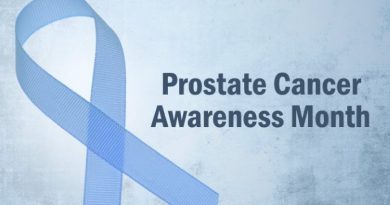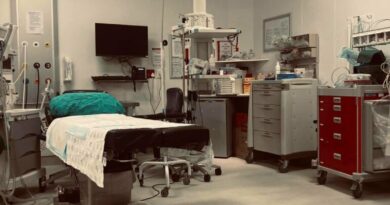Ministers of Health of Americas approve action plan to reduce traffic injuries
Ministers of health of the Americas have approved a new plan of action on road safety designed to prevent traffic injuries, the leading cause of death in children aged 5 to 14 in the hemisphere and the second-leading cause of death for people aged 15 to 44.
The plan was approved during the 51st Directing Council meeting of the Pan American Health Organization (PAHO) this week. It calls on countries to update legislation to address the principal risk factors of traffic injuries: excessive speed, alcohol consumption, and the use of seat belts, helmets, and child restraints. Other priority actions include promoting policies on public and nonmotorized transportation, improving pre-hospital care services for the injured and urban and road infrastructure, and encouraging industry to adopt technical inspection systems for all vehicles in circulation to ensure compliance with safety standards.
In the Americas, 80% of road traffic victims are males. Each year, traffic accidents cause some 140,000 deaths and 5 million injuries. Of these deaths, 39% occur among pedestrians, cyclists, and motorcyclists, while 47% are motor vehicle occupants.
In addition to causing suffering for victims and their families, traffic crashes are a major burden on health services and have economic costs for society as a whole. Traffic injuries cost the United States an estimated US$99 million (2005) and cost Brazil some US$10 million annually, representing about 1.2% of the country’s gross domestic product.
The PAHO road safety plan approved this week proposes a series of actions for countries to carry out over the next five years, including:
-
- Appoint a government advisory committee or other lead agency responsible for multisectoral coordination of measures to promote road safety, with special focus on national plans for the Decade of Action for Road Safety (2011-2020).
- Implement measures to reduce risk factors including speed; use of alcohol, drugs, and other psychoactive substances; and distractions. Recommended measures include speed limits, stipulations on the legally allowable blood alcohol levels for drivers, and bans on driving while under the influence of psychoactive substances.
- Increase the use of protective equipment, particularly helmets, seat belts, and child safety seats.
- Ensure the availability of organized and integrated pre-hospital care services for victims of road traffic injuries.
- Improve the quality of data on road traffic incidents to provide better information on victims, crash determinants, environmental factors, and victim outcomes.
- Improve transit infrastructure to increase safety for all users of urban roads and highways, particularly pedestrians, cyclists, and motorcyclists.
- Create or strengthen a technical inspection system for all vehicles in circulation, including two- and three-wheel vehicles. At the same time, encouraging industry to bring their safety standards into line with the recommendations of Member States.
PAHO was established in 1902 and works with all the countries of the Americas to improve the health and quality of life of the people of the Americas. It also serves as the Regional Office for the Americas of the World Health Organization (WHO).
Links:
51st Directing Council “Plan of Action on Road Safety”
http://new.paho.org/hq/index.php?option=com_docman&task=doc_download&gid=14661&Itemid
Decade of Action for Road Safety 2011-2020
http://www.who.int/roadsafety/decade_of_action/en/
Also view: Road Safety in South Africa




